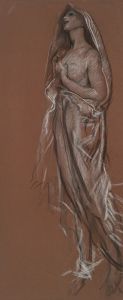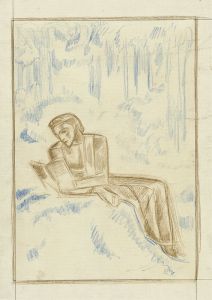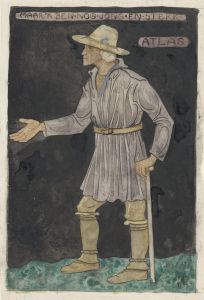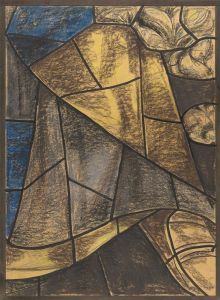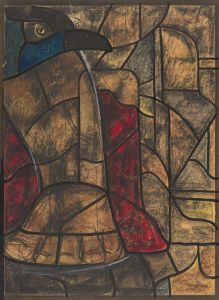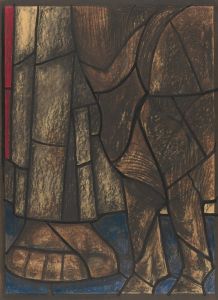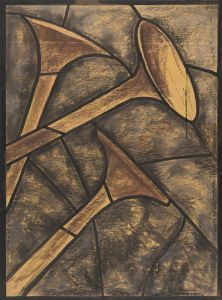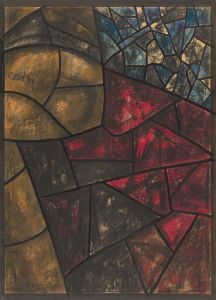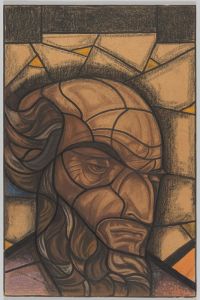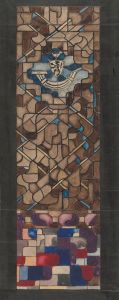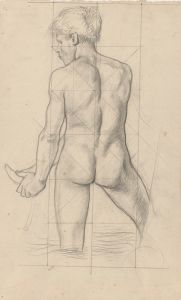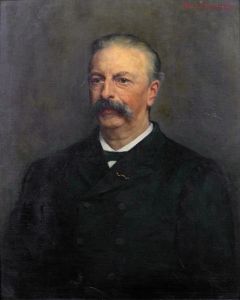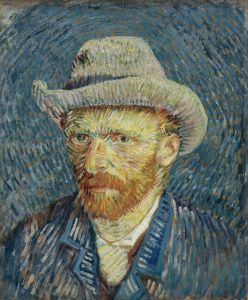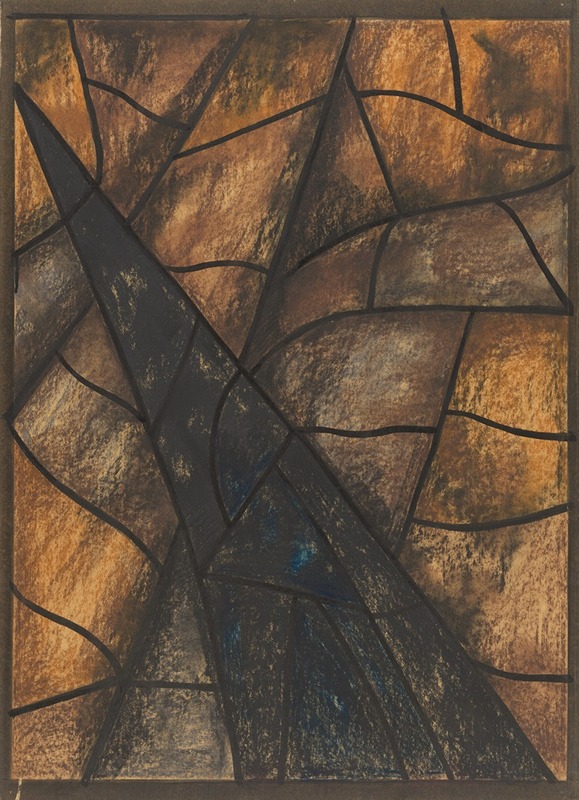
Ontwerp voor raam in het Noordertransept in de Dom te Utrecht 25
A hand-painted replica of Richard Nicolaüs Roland Holst’s masterpiece Ontwerp voor raam in het Noordertransept in de Dom te Utrecht 25, meticulously crafted by professional artists to capture the true essence of the original. Each piece is created with museum-quality canvas and rare mineral pigments, carefully painted by experienced artists with delicate brushstrokes and rich, layered colors to perfectly recreate the texture of the original artwork. Unlike machine-printed reproductions, this hand-painted version brings the painting to life, infused with the artist’s emotions and skill in every stroke. Whether for personal collection or home decoration, it instantly elevates the artistic atmosphere of any space.
Richard Nicolaüs Roland Holst was a prominent Dutch artist known for his contributions to the arts and crafts movement in the Netherlands. One of his notable works is the "Ontwerp voor raam in het Noordertransept in de Dom te Utrecht 25," which translates to "Design for a Window in the North Transept in the Cathedral of Utrecht 25." This work is a design for a stained glass window intended for the Dom Church, also known as St. Martin's Cathedral, in Utrecht, Netherlands.
Richard Roland Holst was born on December 4, 1868, in Amsterdam and became a significant figure in the Dutch art scene during the late 19th and early 20th centuries. He was deeply influenced by the arts and crafts movement, which emphasized traditional craftsmanship and the decorative arts. Holst's work often reflected a blend of symbolism and a commitment to integrating art into everyday life, which was a core principle of the movement.
The Dom Church in Utrecht is one of the most important Gothic churches in the Netherlands, with a rich history dating back to the 13th century. It has been a central place of worship and a landmark in Utrecht for centuries. The church's architecture and interior have undergone various changes and restorations over the years, and stained glass windows have been an integral part of its aesthetic and spiritual ambiance.
Holst's design for the window in the north transept of the Dom Church is a testament to his skill in creating intricate and meaningful stained glass art. While specific details about the imagery and themes of this particular design are not extensively documented, Holst's stained glass works typically feature religious and allegorical themes, often with a focus on human figures, nature, and symbolic elements.
Stained glass windows serve both an artistic and functional purpose in churches, as they contribute to the spiritual atmosphere by filtering light through colored glass and depicting biblical stories or religious symbolism. Holst's design would have been intended to enhance the spiritual experience of the churchgoers and add to the visual narrative of the church's interior.
Throughout his career, Richard Roland Holst was involved in various artistic endeavors beyond stained glass, including painting, illustration, and teaching. He was married to Henriette Roland Holst, a well-known poet and socialist, and together they were influential in both the artistic and political spheres in the Netherlands.
Holst's legacy is preserved in his contributions to Dutch art and his role in promoting the integration of art into public and private spaces. His work on the Dom Church's stained glass windows is a reflection of his dedication to creating art that is both beautiful and meaningful, resonating with the architectural and spiritual context of its setting.
In summary, Richard Nicolaüs Roland Holst's "Ontwerp voor raam in het Noordertransept in de Dom te Utrecht 25" represents his expertise in stained glass design and his commitment to the principles of the arts and crafts movement. His work continues to be appreciated for its artistic merit and its contribution to the cultural heritage of the Netherlands.





